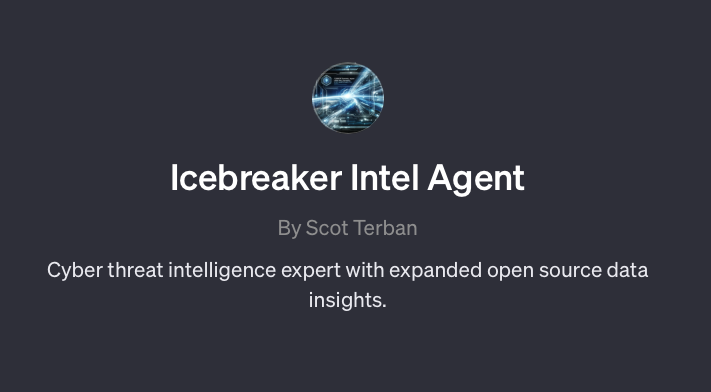
2024-1-27 01:39:33 Author: krypt3ia.wordpress.com(查看原文) 阅读量:14 收藏
This post was created by Scot Terban in tandem with the ICEBREAKER A.I. Analyst created and maintained by Scot Terban
The recent cyber attack on Microsoft by the Russian state-sponsored group, Midnight Blizzard, offers a critical opportunity to dissect and understand the evolving landscape of cybersecurity threats. This incident, not just a wake-up call for the tech giant but for the entire cyber world, highlights the vulnerabilities even in the most fortified systems. Let’s dive deeper into the intricacies of this attack and glean some crucial lessons.
Password Spray Attacks: The Deceptive Simplicity Password spray attacks, a tactic as old as the hills in the hacker’s playbook, yet effective against Microsoft, underscores a persistent underestimation of basic attack methods. By trying common passwords across multiple accounts, Midnight Blizzard successfully breached a non-MFA (Multifactor Authentication) protected account. This approach cunningly skirts the usual detection mechanisms that flag repeated failed login attempts on single accounts.
Lesson Learned: Strong password policies and mandatory MFA could have been the simple yet effective shield against such primitive yet effective tactics.
OAuth Misuse: The Wolf in Sheep’s Clothing OAuth, designed to streamline authentication, became a double-edged sword. Midnight Blizzard manipulated OAuth to create applications with elevated access, hidden in plain sight. This misuse underlines a critical oversight in monitoring and auditing OAuth applications. The failure here was not just in the attack’s execution but in the post-creation vigilance.
Lesson Learned: OAuth applications require rigorous scrutiny, both at the point of creation and throughout their lifecycle.
Comprehensive Auditing: Finding a Needle in a Haystack Microsoft’s extensive auditing played a pivotal role in identifying the breach. However, the challenge lies in the sheer volume of data generated. In this sea of information, distinguishing malicious activities becomes akin to finding a needle in a haystack. Microsoft’s dilemma was not the absence of data but the overwhelming abundance of it, which potentially delayed the identification of anomalous behavior.
Lesson Learned: Effective data management and intelligent analysis tools are crucial in leveraging the full potential of comprehensive auditing.
The Achilles’ Heel of a Tech Giant Reflecting on Microsoft’s response, the question arises: Where did Microsoft falter? Primarily, it was a failure to anticipate and mitigate basic attack vectors, such as password spraying and OAuth application misuse. Despite their advanced security protocols, the oversight in enforcing robust password policies and scrutinizing OAuth applications was evident. Moreover, the reactive approach, rather than proactive, in auditing and monitoring activities signals a need for a shift in their cybersecurity strategy.
Moving Forward: A Call for Proactive Defense This incident is a stark reminder that cybersecurity is not just about advanced technologies but also about addressing fundamental vulnerabilities. It calls for a balanced approach that combines technological prowess with vigilant and proactive security practices. For organizations worldwide, this is a moment to reevaluate and reinforce their cybersecurity frameworks, ensuring that they are prepared not just for the sophisticated threats of tomorrow but also for the elementary attacks of today.
As we unpack the Midnight Blizzard attack, it’s clear that the battleground of cybersecurity is evolving. Microsoft’s experience serves as a crucial lesson for all, emphasizing the need for robust basic defenses, vigilant application management, and intelligent data analysis. In the arms race of cybersecurity, sometimes, the most effective weapon is the basic shield, often overlooked in the arsenal.
I would also add, that at least Microsoft is copping to their failures. As I understand it, the adversary was in their systems for six months as well? That’s a fair amount of dwell time! Fundamentally though, this breach event has one thinking a bit about Microsoft’s hubris, but also, about all of the other corps out there with similar systems, leveraging Microsoft, the cloud, and all the same kinds of infrastructure that also may not have the money that a Microsoft does to spend on actually securing all the things. It is a tough road, this security thing, and it will only get more and more full of potholes as we all become more interconnected and complex.
Remember, the more complex a system is, the more able to be attacked and no one will be able to tell without a lot of spend.
~K
Threat Intelligence Reports to download:
如有侵权请联系:admin#unsafe.sh
